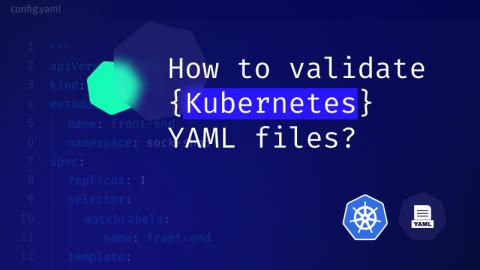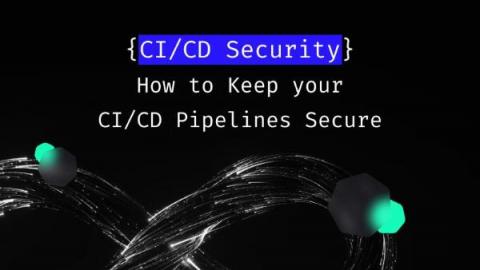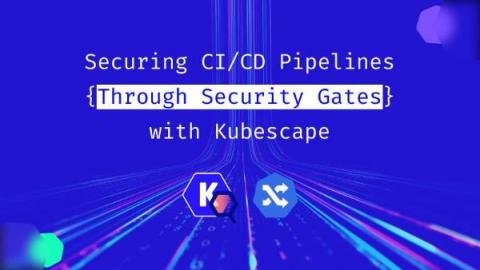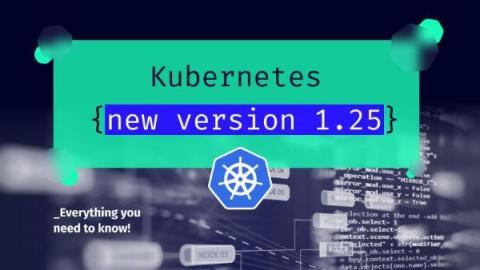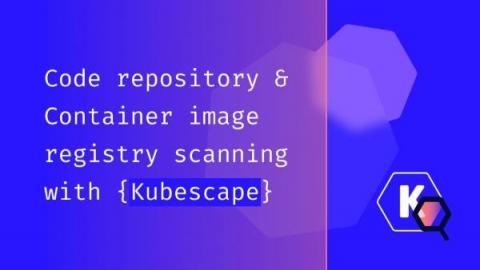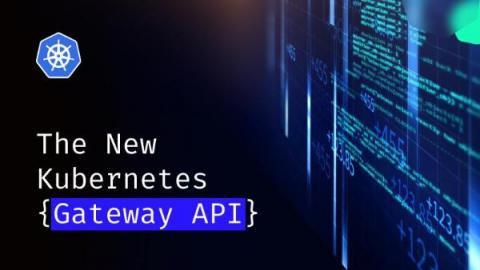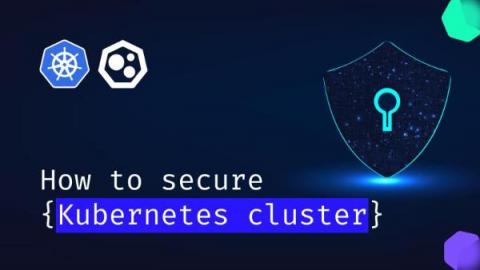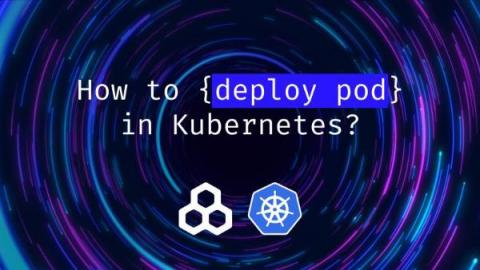How to validate Kubernetes YAML files?
Kubernetes has taken center stage in how we now manage our containerized applications. As a result, many conventions to define our Kubernetes apps exist, including structures such as YAML, JSON, INI, and more. This leaves us to consider what is the best strategy to follow for our applications. Additionally, we must then also ask how we can validate our application configurations depending on the path we’ve chosen in terms of file structure and especially security.


